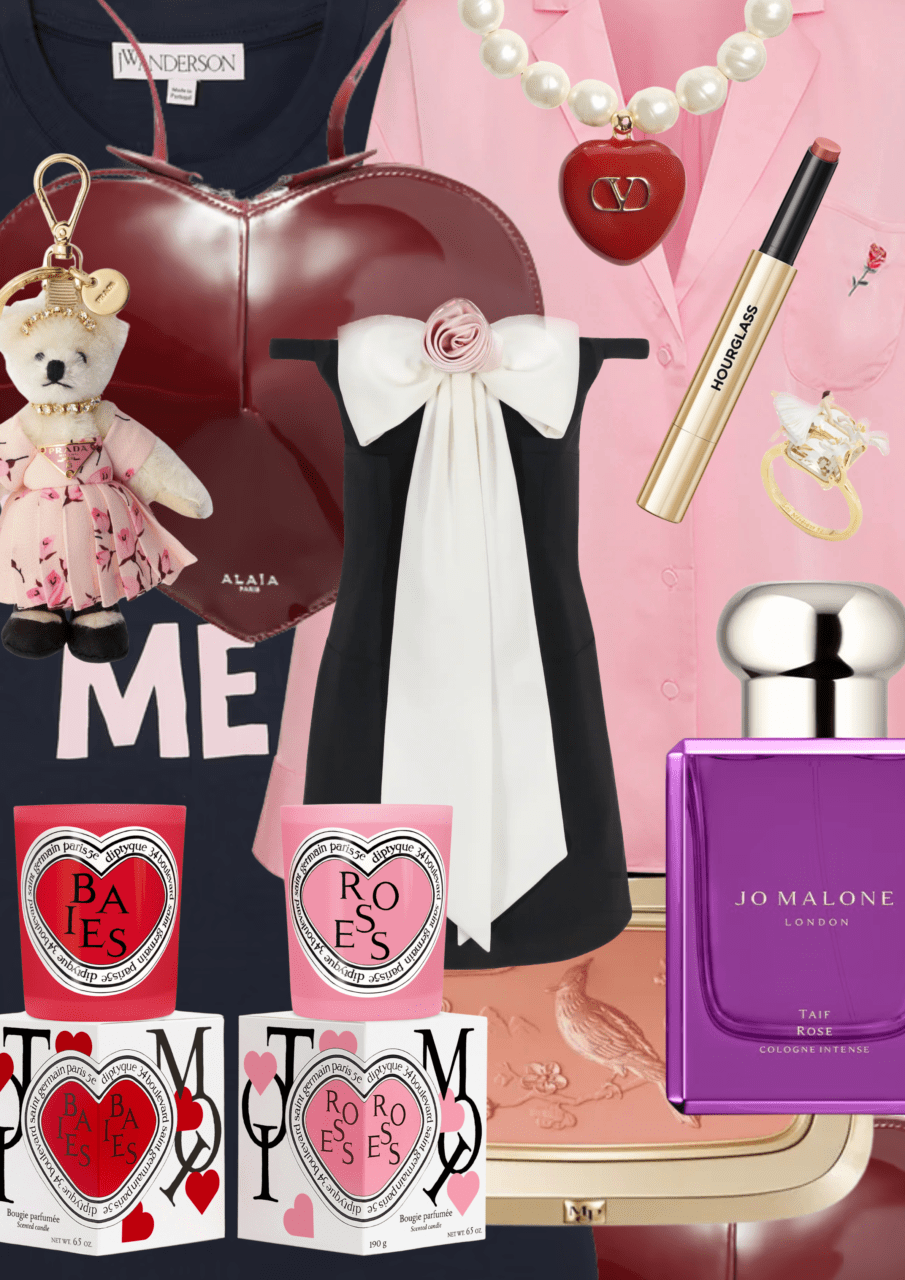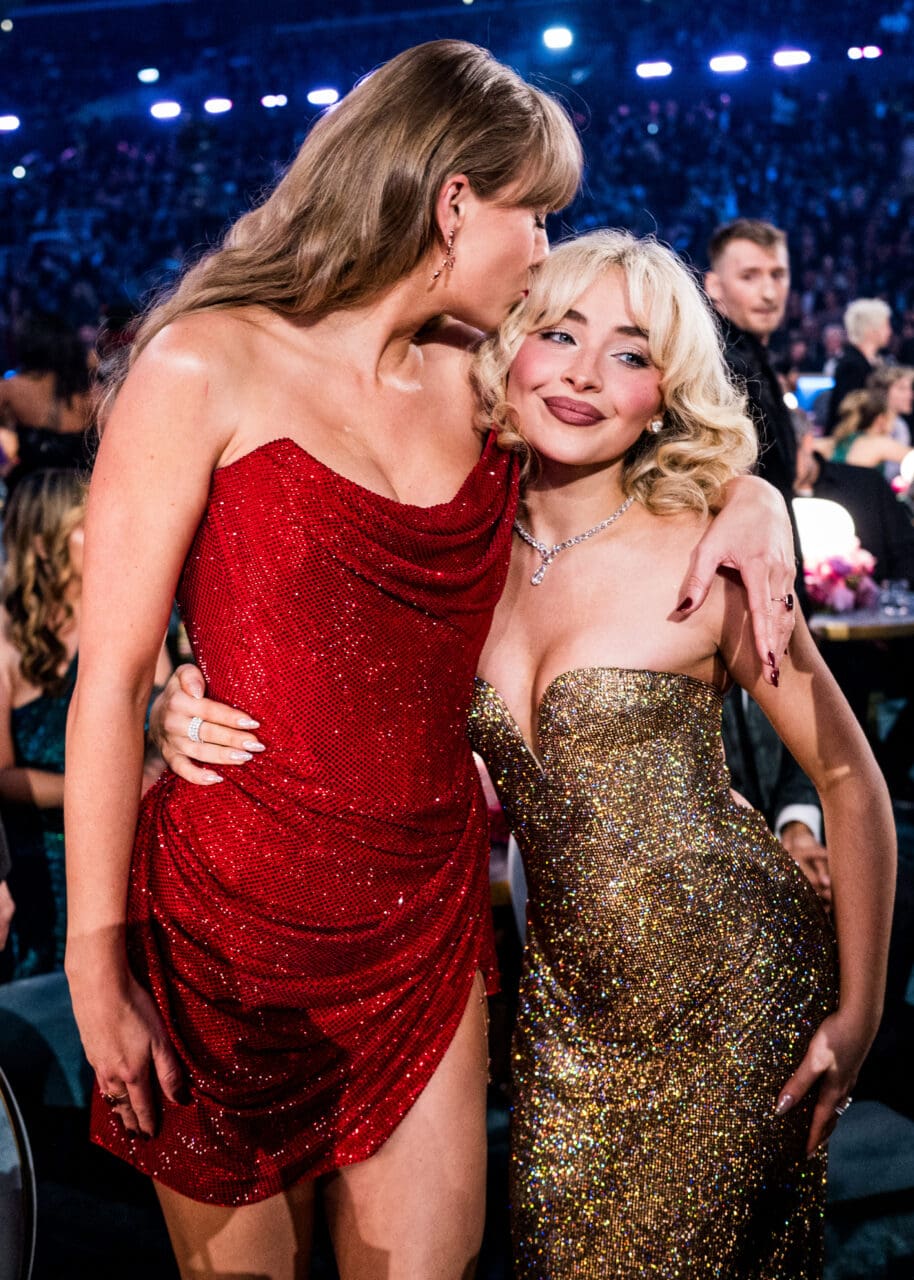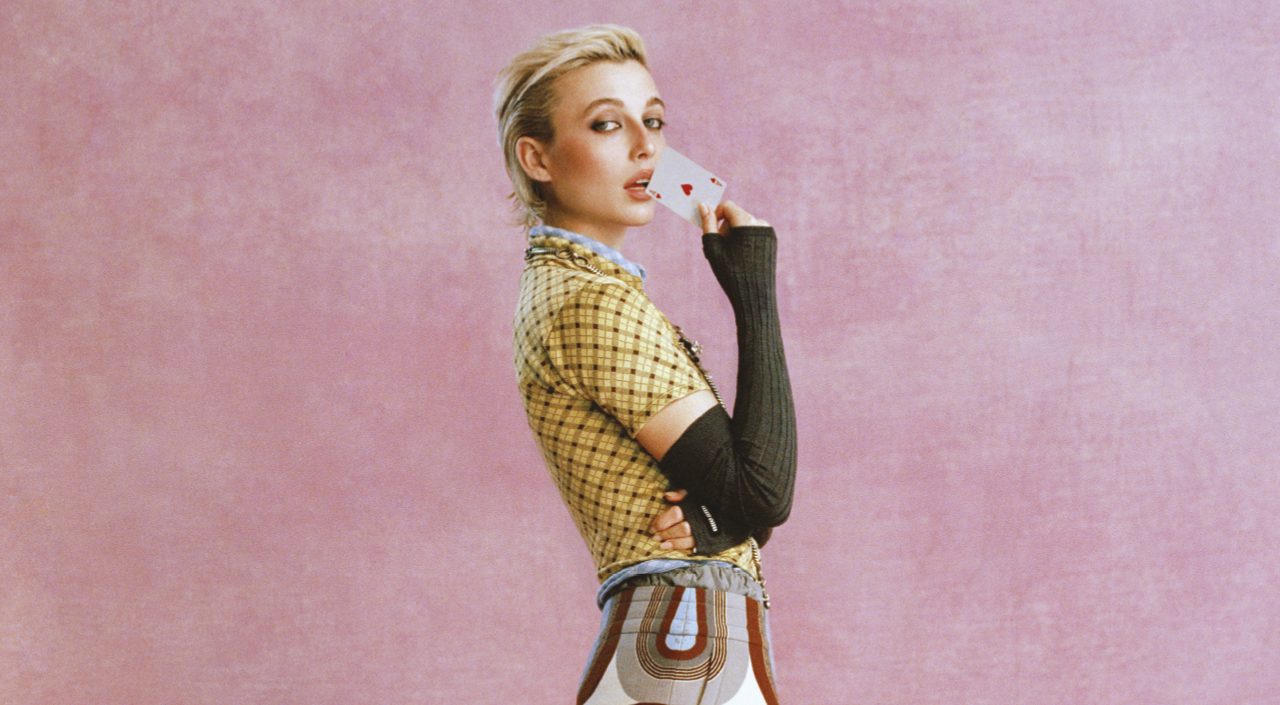Emerging from an uncertain landscape, the fresh green shoots of fashion are creating powerful and pragmatic work. As the BFC/Vogue Designer Fashion Fund returns to support them with its annual £200,000 prize, Vogue introduces this year’s crop – and 2022’s winner…
Richard Quinn – WINNER
View this post on Instagram
“Big dresses need big spaces,” says this year’s winner, Richard Quinn, of his sizable new studio in south London: part private-client salon, housing his couture-inflected, voluminous and floral-festooned creations; part print-making studio, where he prints for brands including Burberry, JW Anderson and Ports 1961. Quinn brings a considered contemporaneity to eveningwear, and his strength lies in nurturing a seven-year-old label with expansive appeal. “An older, more elegant lady might wear an opera coat, but a younger girl in Atlanta would wear a skintight ruched minidress,” Quinn says. In 2018, he was presented with the first Queen Elizabeth II Award for British Design by Her Majesty herself. Talent that begets a spacious studio and also has royal approval from the palace.
ELV Denim
View this post on Instagram
Anna Foster started her zero-waste denim label in 2018, upcycling jeans from her kitchen table. Now, some 5,000 pairs of salvaged styles sit on shelves in her Dalston studio, ready to be spliced and patchworked into luxuriously crafted wardrobe staples, such as denim jackets, jumpsuits and miniskirts. Intent on reducing the ecological footprint of one of fashion’s most polluting materials (it takes on average up to 10,000 litres of water to produce a single pair of jeans, and cotton for denim production is often grown using toxic pesticides and fertilisers), Foster’s vision extends far beyond east London. She’s collaborating with scientists and textile associations on tools to reduce garment waste. “We need to create a cohesive infrastructure for sorting thrown-away materials,” Foster says. ELV Denim’s not stopping at its signature fabric. The brand is also launching a line of sleek, upcycled cotton shirts. “I see waste as a valuable resource.”
Nicholas Daley
View this post on Instagram
Like the stacked soundsystem that reverberated during Daley’s autumn/winter 2022 musical performance-cum-collection-reveal in Hackney, the Scottish-Jamaican designer amplifies the voices of diverse creative communities from jazz troupes to tartan-makers, karate champions to quilters. His moodboards vibrate with the sounds of Black punk rock, dub and reggae, and Daley’s runways have been shown in churches and working men’s clubs. “I always consider the community the space is connected to,” he reflects. Championing craft alongside sustainable and small-scale manufacturing, Daley works with silk-jacquard weavers in Sudbury and further afield with tie-dye experts in Japan. His signature bucket hats and beanies are crafted by his mum’s circle of crocheters and knitters.
Neous
View this post on Instagram
A sure-fire way to bolster your brand DNA? Create according to intuition. “I don’t design to a brief. Neous is really an extension of myself,” says Sydney-born former fashion editor Vanissa Antonious, of her five-year-old accessories label. There’s an intrinsic organicism to her designs – pared-back, purist and sculptural, inspired by Bauhaus and Barbara Hepworth – which are beloved by a coterie of “informed but non-conformist” customers, from Singapore to Stockholm. Neous’s designs move ergonomically with the body, so it’s natural the label has expanded from shoes and handbags into jewellery. Sentimental heirlooms inspired the debut. “Separated from my family during the pandemic, the only connection I had to Australia was my mum’s jewellery, which I put on every morning.”
Richard Malone
View this post on Instagram
“There’s a real space for oddness, a celebration of queer joy,” says Irish designer Richard Malone, of the eclectic realm his brand embodies. Draping, ruching and twisting are signifiers of a label that shirks the commercial churn of product in favour of textural, emotive, pattern-cutting and sustainability-focused “responses to a wardrobe”. For Wexford-born Malone, success comes from fostering a diverse creative community and localised supply chains. Turning exhibition curator, he has championed contemporary Irish craft and launched a series of artists prizes aimed at supporting the next wave of his home country’s makers. “I’m part of a generation exhausted by the speed of design today.”
Tove
View this post on Instagram
“We’re on the same page. There’s an unspoken understanding,” say Tove co-founders Holly Wright and Camille Perry of the creative symbiosis that their 2019-founded brand is built upon. The long-term collaborators – who met when heading up the design and buying departments at Topshop – are united on creating timeless yet impactful wardrobe staples, which “offer quality at an attainable price” and have a sustainable focus. “We want you to be able to pull a Tove piece out again and again,” Wright says. The Ceres dress, crafted in organic cotton, with flowing pleats and delicate bow details, already feels like a wardrobe classic. The impact of launching a label not long before the onset of the pandemic? “It allowed us to look inward and cultivate the brand,” Perry reflects. Tove’s future is more expansive: a physical runway show is on the horizon.
Chopova Lowena
View this post on Instagram
From Dua Lipa to Harry Styles, fashion-forward A-listers are hooked on Emma Chopova and Laura Lowena’s punky carabiner-clipped kilts, which draw on traditional Bulgarian costume of Chopova’s home country and are crafted using repurposed fabrics. “Seeing them out in the wild is incredibly exciting,” says Chopova. The duo create eclectic, intriguingly ornamented clothing, which pays close attention to sustainable manufacturing and artisanal design. Folkloric forms are fused with sports silhouettes, referencing ice hockey, rock climbing and roller skating. Crafty flourishes include ruching, lacing and beaded crochet. “The concept of handmade is becoming much more desirable and cool,” Lowena says.
Completedworks
View this post on Instagram
Anna Jewsbury’s multidisciplinary brand is rooted in a fascination with materiality, encompassing jewellery, ceramics and glassware. Off-kilter creations revel in asymmetry – crumpled, coiled, scrunched and twisted, foaming with freshwater pearls and dusted with diamonds. Jewsbury incorporates sustainably minded materials into her pieces, such as recycled gold and a renewable bio-resin that sees her styles reimagined in bold colours. “The tones bring in a more hopeful mood that we all need,” she says. “Our designs are in constant dialogue with each other.”
Editor
Laura HawkinsCredit
Lead Image: @richardquinn via Instagram





